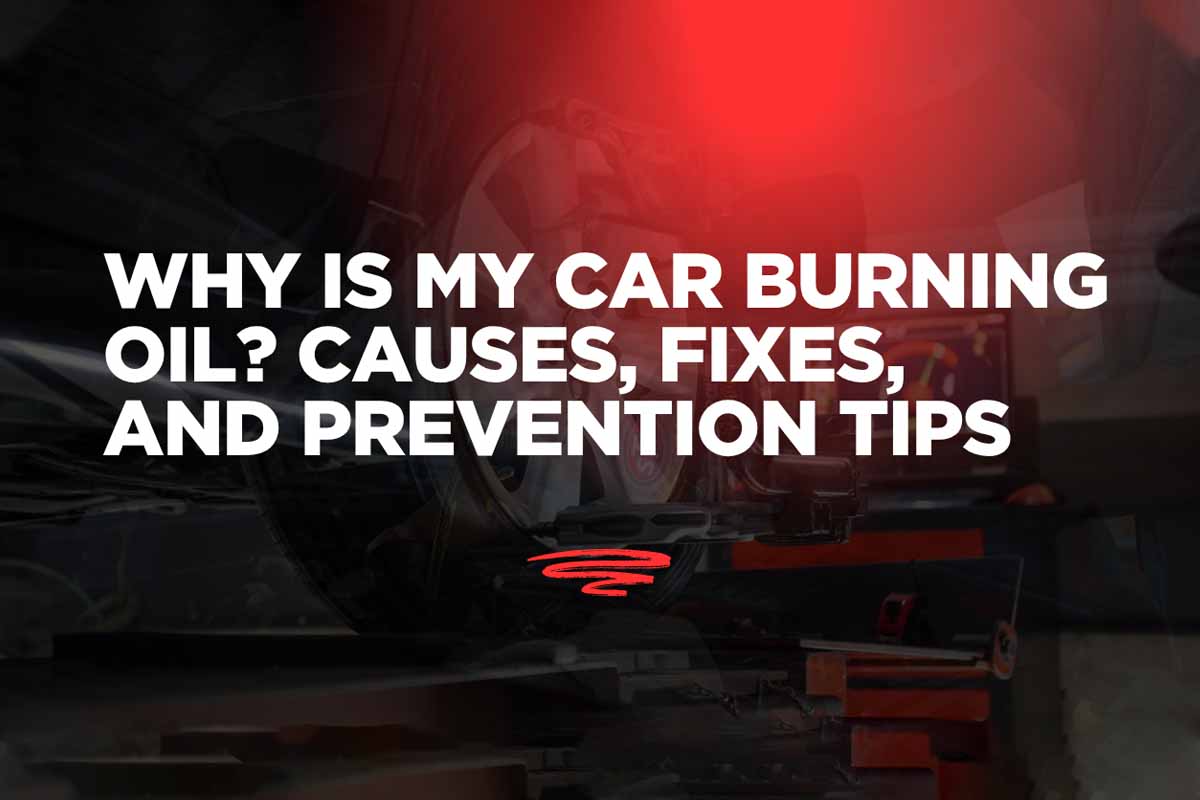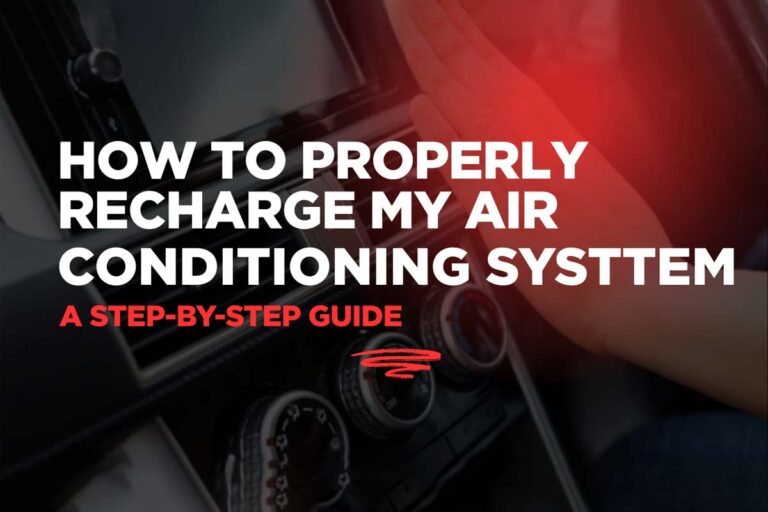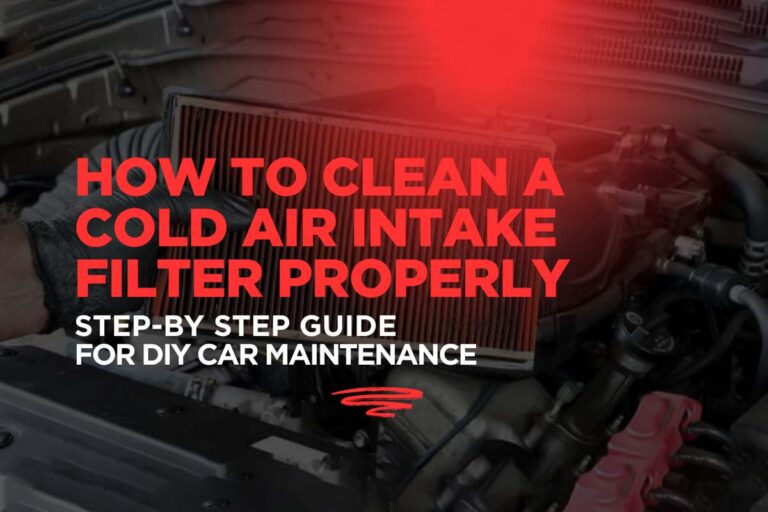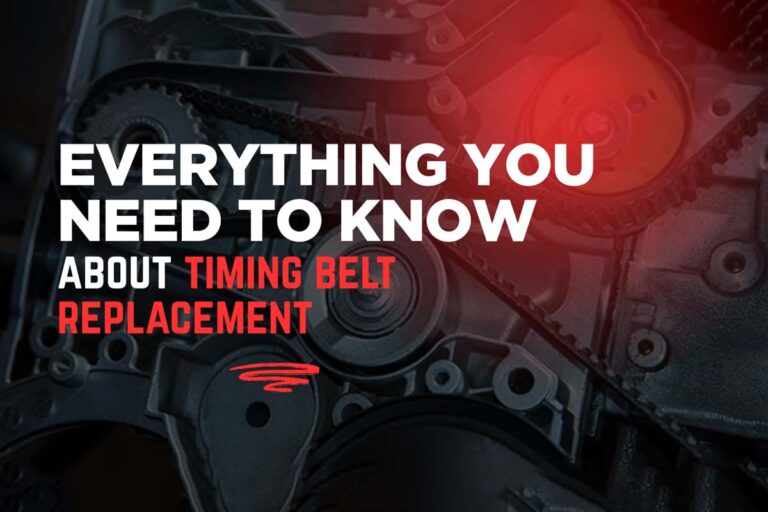Why Is My Car Burning Oil? Causes, Fixes, and Prevention Tipsa
If you've seen blue smoke trailing from your car’s exhaust or you're constantly topping off engine oil without any visible leaks, your engine is likely burning oil. This problem is more than just a nuisance—it's often a sign of internal engine wear or a developing mechanical fault that could lead to major repairs if ignored.
In this guide, we’ll explain:
- What burning oil actually means
- The most common causes
- How to diagnose it
- Fixes you can try
- Preventative steps to protect your engine
Let’s dive into the problem and how to stay ahead of it.
What Does “Burning Oil” Mean?
Burning oil means that engine oil is entering the combustion chamber, where it’s being burned along with fuel and air. This is not normal. Oil is supposed to lubricate engine components—not burn like fuel. When it does, it creates:
- Blue smoke from the exhaust
- A strong burnt oil smell
- Rapid drops in oil level
- Carbon deposits inside the engine
If left unaddressed, this issue leads to increased wear, overheating, poor performance, and eventually catastrophic engine failure.
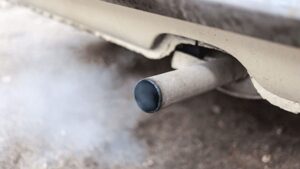
Why Your Car Burns Oil: Common Causes
Worn or Stuck Piston Rings
Pistons move up and down inside your engine’s cylinders, compressing the fuel-air mixture. Each piston has rings around it—small circular seals designed to keep combustion gases in and engine oil out.
Over time:
- Rings wear out
- Seals become less effective
- Oil sneaks past into the combustion chamber
One specific ring, the oil control ring, is designed to scrape excess oil off the cylinder wall. If it becomes clogged with carbon deposits, it won’t perform properly, and oil will start to burn.
Quick Fix: Try an Engine Oil Flush
Using a high-quality engine flush can help remove sludge and free up sticky oil rings. Many drivers report reduced oil burning after using a flush before their next oil change.
Leaking Valve Stem Seals
Each engine valve (intake and exhaust) has a stem seal that prevents oil from dripping into the combustion area. These rubber seals age and harden, especially under high-heat conditions.
When these seals fail:
- Oil leaks into the cylinders through the valve stems
- It burns during ignition
- You get smoky startups and increased oil loss
Burnt valve seals are common in high-mileage cars and may require the cylinder head to be removed for proper replacement.
Blown Head Gasket
The head gasket is a thin seal between the cylinder head and engine block. It keeps oil, coolant, and combustion gases from mixing. A blown head gasket can allow oil to:
- Leak into the combustion chamber
- Mix with coolant (creating a “mayonnaise” substance in your oil cap)
- Cause overheating and further engine damage
If your oil looks milky or you’re losing both coolant and oil, the head gasket may be compromised. Repairing this usually requires significant labor but is essential.
Failing Turbocharger Seals (For Turbo Engines)
If your car has a turbocharger, the unit spins at extremely high speeds and requires oil for lubrication. Turbochargers are fitted with internal seals that keep oil out of the intake and exhaust stream.
When these seals wear out:
- Oil leaks into the intake
- It gets drawn into the combustion chamber
- Blue smoke and oil consumption follow
This is more common in older turbos or engines that haven’t had regular oil changes.
How to Diagnose a Car That’s Burning Oil
If you’re unsure where the oil is going, here are some ways to narrow it down:
Check for Blue Smoke
Blue smoke from your exhaust—especially when starting your engine or accelerating—is a clear indicator that oil is being burned.
Monitor Oil Consumption
Track how often you need to top off your oil. If it’s disappearing quickly without external leaks, you’re likely burning it internally.
You can also perform a basic oil consumption test:
- Top off the oil
- Drive a specific number of miles (e.g., 500)
- Recheck the oil level
Excessive drop means something’s wrong.
Perform a Compression Test
A compression test checks how well your cylinders hold pressure. If one or more cylinders have low compression:
- Piston rings may be worn
- Valves might not be sealing
- The head gasket could be leaking
This test gives a strong clue about where the problem lies.
Use a Borescope Camera
A borescope (small camera) can be inserted into the cylinder through the spark plug hole. It helps visually inspect piston tops, cylinder walls, and valves without disassembling the engine.
This tool can confirm:
- Oil residue inside combustion chambers
- Scoring or wear on cylinder walls
- Deposits on pistons or valves
Fixes and Repairs
Temporary Fix: Engine Flush
As mentioned earlier, running an engine flush before your next oil change can help unclog oil rings and free up sludge buildup. It’s not a guaranteed fix, but it’s affordable and often effective for mild oil burning.
Valve Seal or Gasket Replacement
If testing reveals worn valve seals or a blown gasket, parts will need to be replaced:
- Valve stem seals require cylinder head removal
- Head gaskets require removing the top of the engine
These are labor-intensive but essential to prevent long-term damage.
Piston Ring or Cylinder Work
If piston rings are worn out or the cylinder walls are damaged:
- The engine must be stripped down
- Rings replaced, and possibly
- Cylinders honed or rebored
At this stage, you’re often looking at a partial or full engine rebuild. Some take the opportunity to upgrade with performance parts or better materials for long-term reliability.
How to Prevent Oil Burning
Once your engine is repaired—or if you want to avoid this issue entirely—here’s how to minimize wear and tear:
Warm Up the Engine Gently
The most engine wear happens during the cold start and warm-up phase. At this point:
- Oil hasn’t circulated fully
- Metal parts haven’t expanded to proper tolerances
Don’t rev the engine hard until it’s warm. Drive gently for the first few minutes.
Use High-Quality Oil and Filters
Cheap oil breaks down faster and leaves behind more sludge. Always use manufacturer-recommended oil grades and replace filters at every oil change.
Change Oil Regularly
Stick to the recommended oil change interval—or earlier if your engine is high-mileage, turbocharged, or used in harsh conditions. Clean oil reduces buildup and improves seal performance.
Research Known Engine Weaknesses
Some engines are known for burning oil due to design flaws (e.g., certain Toyota, BMW, or Subaru models). Online forums and repair databases can help you identify common failure points in your vehicle’s engine.
Maintain the Cooling System
Overheating can warp engine components and destroy gaskets. A properly functioning cooling system reduces wear and keeps oil temperatures stable.
When It’s Time to Rebuild
If:
- You’ve tried flushing and it didn’t help
- Compression is low across multiple cylinders
- Oil consumption is constant and severe
…it’s likely time for a rebuild.
Though expensive, this can be an opportunity to:
- Extend your engine’s life
- Upgrade components
- Restore performance and efficiency
Conclusion
Burning oil is a warning sign your engine is in trouble. Whether it’s worn piston rings, leaking valve seals, a blown head gasket, or a failing turbo, diagnosing and fixing the issue early can save you thousands in repairs.
For some drivers, an engine flush and better maintenance may solve the problem. For others, especially with older engines, a rebuild may be necessary.
Whatever stage you’re at, remember: blue smoke means act now—not later.
